Photo by: Photo by Myles Tan on Unsplash
allergies | asthma | brain development | child health | equity | heat | low birth weight | mental health | preterm birth | wildfires
This guide will explain how air pollution impacts asthma and how you can keep your child healthy in a changing climate.
Air pollution from car and truck exhaust, coal and gas-fired power plants, wildfires, and other sources may increase your child’s risk of developing asthma or triggering an asthma attack.
What is asthma?
Asthma is a chronic lung disease that can sometimes make it hard to breathe. Nearly 1 in 10 American children have asthma. People with asthma may have:
- Coughing
- Wheezing
- Chest tightness
- Trouble breathing
How does air pollution affect asthma?
Burning fossil fuels (for example, from power plants, cars, and trucks) produces carbon pollution that drives climate change and creates conventional air pollution, including particulate matter or PM, that can be harmful to health.
Long-term exposure to air pollution can significantly increase the risk of a child developing asthma, especially in young children. Breathing polluted air can also cause asthma attacks in people who already have asthma.
For example:
- A 2023 EPA report found that climate-driven warming is projected to increase childhood asthma incidence. For example, at 2°C and 4°C of warming, annual cases of asthma are expected to increase between 4% and 11%, respectively.
- One study of 1,200 children in Boston found that lifetime exposure to black carbon (or soot) and microscopic air particles, known as particulate matter or PM, was linked to asthma in early childhood (3-5 years old).
Why does climate change make asthma worse?
There are many ways climate change may make asthma worse. Some examples are listed below:
Air pollution
Thousands of children under the age of 5 die prematurely each year from lower respiratory infections caused by air pollution from burning fossil fuels. Higher temperatures that come with climate change also promote more ground-level ozone pollution. Ozone is a powerful lung irritant and can trigger asthma attacks.
Allergies
As the climate warms, the pollen season is getting longer, which can trigger asthma attacks in those children whose asthma can be triggered by allergies. This means that plants that produce pollen, such as ragweed, certain kinds of grass, and trees, are able to release pollen for longer periods of time each year. Many allergenic plants also produce more pollen when they are grown in air that has more carbon dioxide, making the pollen season worse for people with allergies.
Wildfires
Hotter temperatures and drought are contributing to more frequent and intense wildfires as well as longer wildfire seasons. Wildfires produce smoke that contains particle pollution (tiny air particles that can reach far into the lungs and enter the bloodstream), which can cause asthma attacks. Wildfire smoke can affect people across the United States, from Western states where fires occur locally to smoke that travels to the Midwest and East Coast.
For example, one study of 170,000 emergency and urgent care visits in San Diego from 2011-2017 found:
- Wildfire smoke was much more toxic to children’s lungs than air pollution from other sources. Increases in emergency health care visits were 10x higher for air pollution from wildfire smoke than from other air pollution sources.
Why are children more at risk?
Younger children may be more vulnerable to air pollution and pollen than adults because their lungs are still developing. They also breathe at a faster rate, increasing their exposure to air pollutants that can damage their lungs.
Young children may also be exposed to higher levels of pollution if they live in cities, near major highways or busy streets. Indoor pollution from cigarette smoke, burning wood, dust, mold, scented candles, or even cleaning chemicals, can be irritants that trigger asthma attacks, especially for children who spend much of their time indoors.
How can I protect my child from air pollution?
There are steps you can take to reduce your child’s exposure to air pollution. For example:
- Check the air pollution levels near your home, using online tools like airnow.gov, waqi.info, or breathelife2030.org to see when the air may be unsafe
- When air pollution levels are high, keep your child indoors and avoid vigorous outdoor activity
- Prevent your child from spending long periods of time outside near high-traffic areas
- Avoid burning anything in and around your home—including everything from cigarettes or e-cigs, to incense and wood (unless in a properly ventilated fireplace or stove)
- Consider using household cleaning products that carry EPA’s Safer Choice label to avoid airborne chemical irritants
- If your home has been flooded, work with your local health officials to make sure to follow clean-up instructions to avoid mold growth and other potential exposures that can pose indoor air problems
- Consider purchasing an air filter for your house or child’s bedroom
- Work with other parents and teachers to make sure your children’s school is doing what it can to keep the air clean and cool, like stopping the idling of dirty diesel buses, buying clean buses, and participating in the Tools for Schools program
- Get active and engage in neighborhood, community or statewide efforts to take action against air pollution and climate change—for the health of your family and our planet
How can I do my part to take action against climate change?
Climate change can feel overwhelming, but the good news is we already have solutions to improve the health of your child and children all over the world. The same actions we take to curb climate change also have immediate health benefits.
Here are a few simple steps you can take:
- Educate yourself. Learn about environmental justice and how systemic racism and other forms of oppression lead to some children bearing a higher burden from climate change. Share resources with your community.
- Plant trees and other vegetation where you live, and encourage your community to do the same. Trees provide shade to help you stay cool on hot days. Adding trees and other vegetation to your neighborhood can also help improve the air quality where you live, especially in urban areas, and can improve mental health.
- Choose walking, biking or public transit whenever possible, and consider carpooling. If you are buying a car, choose an electric car or find one with better fuel economy. The more gas a car burns per mile, the more harmful air pollution it generates. Getting exercise may also help improve a child’s mental health.
- Reduce, reuse, and recycle. A timeless piece of advice. The more we buy new, the greater our carbon footprint.
- Invest in energy efficiency and renewables. Ask your local leaders to invest in renewable energy in public buildings, and support building regulations that require solar panels and energy-saving policies for new buildings. Conserving energy saves money and reduces our carbon footprint.
- Start a conversation. Talk to your family and friends about climate change to make sure they know it’s a health issue, especially for our children, and that we need to work with everyone to take action to fight this climate crisis. Work with your place of worship and in your children’s school to see what you can do to spread the word and keep our kids healthy, and get involved in climate change planning at the state and local level.
- Get involved. Many towns and cities want to decarbonize—in fact they’re leading on this issue—and parents can play a role in shaping those efforts. Ask local leaders how your neighborhood can become safer and healthier by making it greener, more walkable and bike-friendly. You can ask decisionmakers to add green space by planting trees, increase access to public transit and invest in electric vehicle infrastructure. These actions will benefit everyone’s health and especially the health of our children.
Terms of Use
The contents of this website are for educational purposes and are not intended to offer personal medical advice. You should seek the advice of your physician or other qualified health provider with any questions you may have regarding a medical condition. Never disregard professional medical advice or delay in seeking it because of something you have read on this website. Harvard Chan C-CHANGE does not recommend or endorse any products.
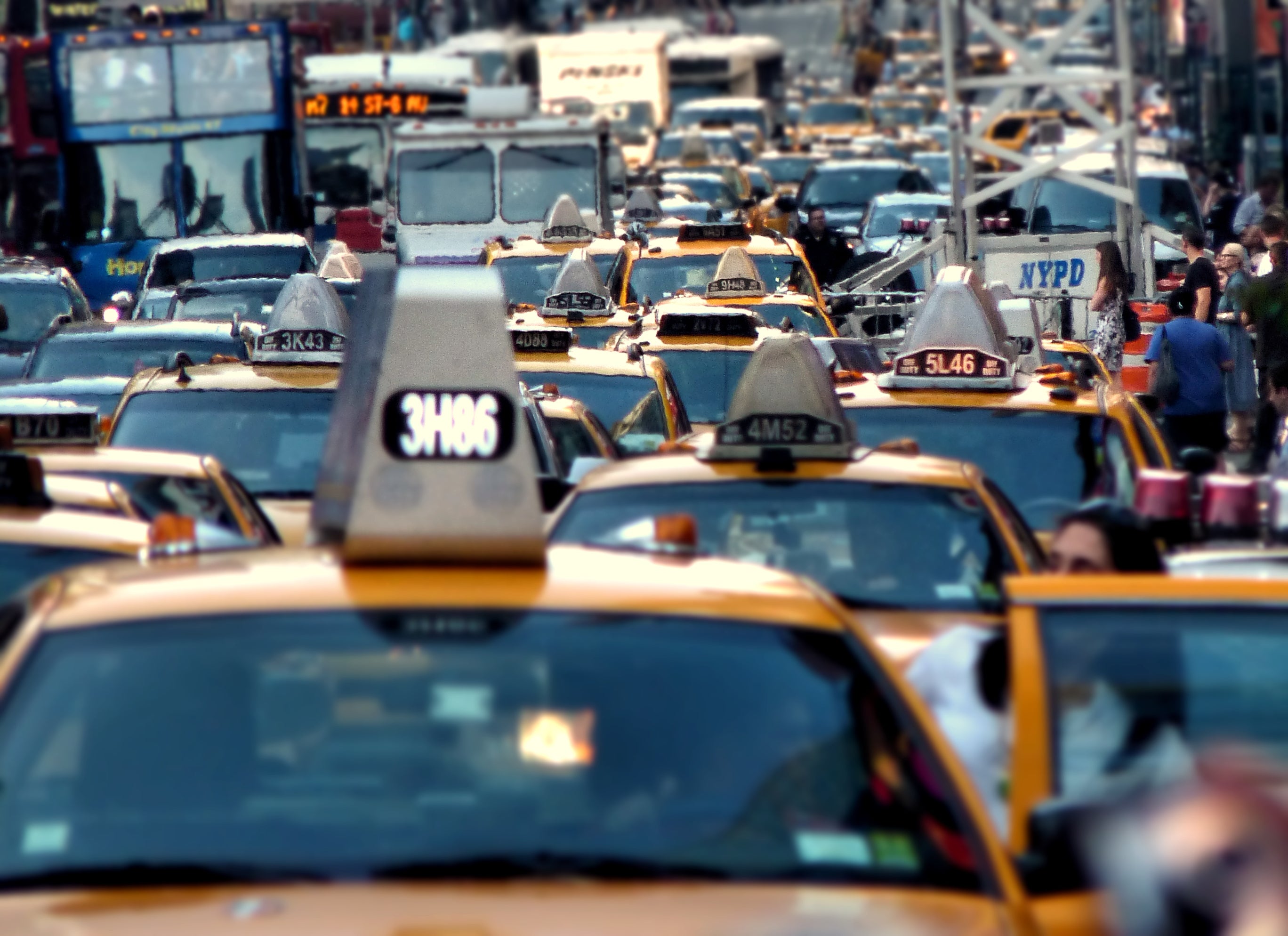
Childhood Asthma Acute Primary Care Visits, Traffic, and Traffic-Related Pollutants
This analysis suggests that traffic is a contributor to more acute asthma episodes in children.
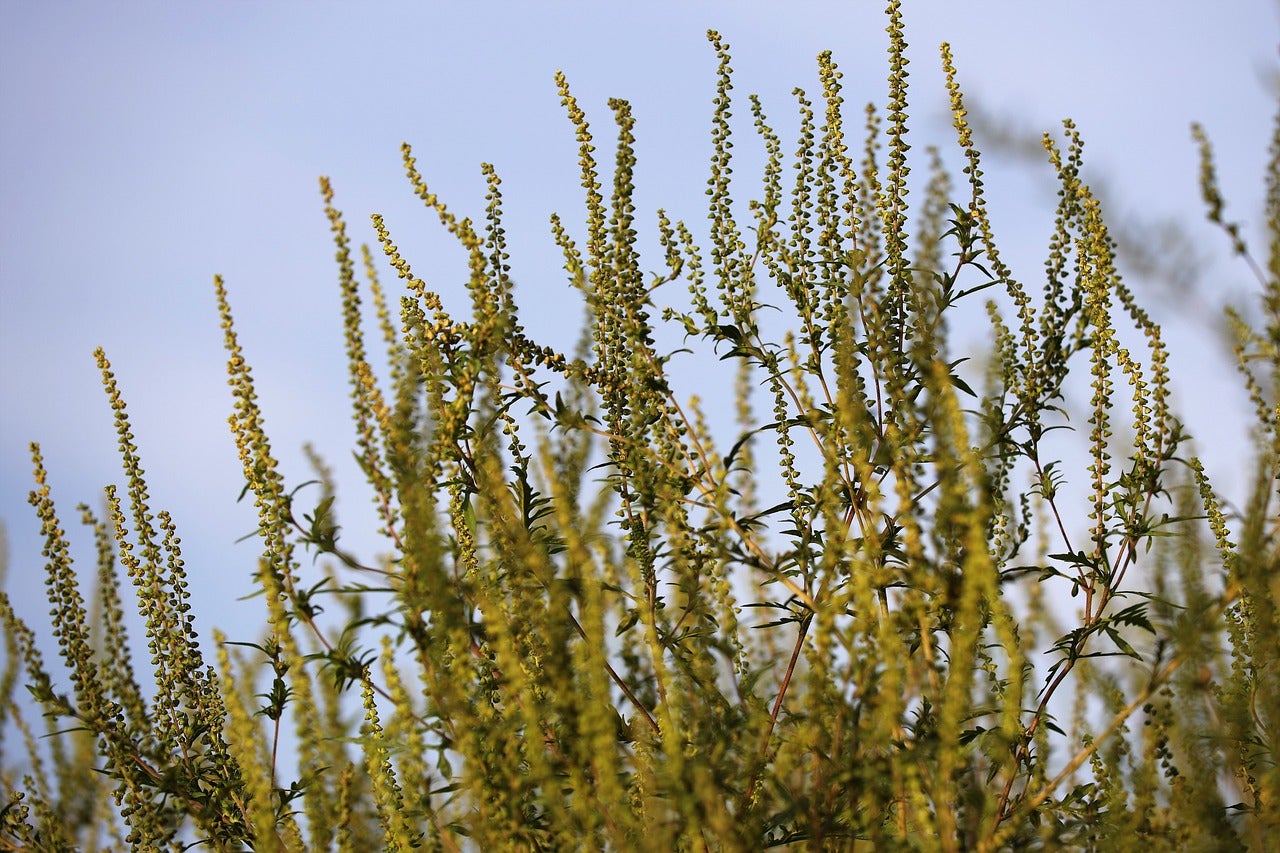
Sneezing, Coughing, Runny Nose: Unexpected Symptoms of Extreme Heat
Kari and our student ambassadors Jinia and Leah write about why heat matters to people with allergies and how to stay healthy.
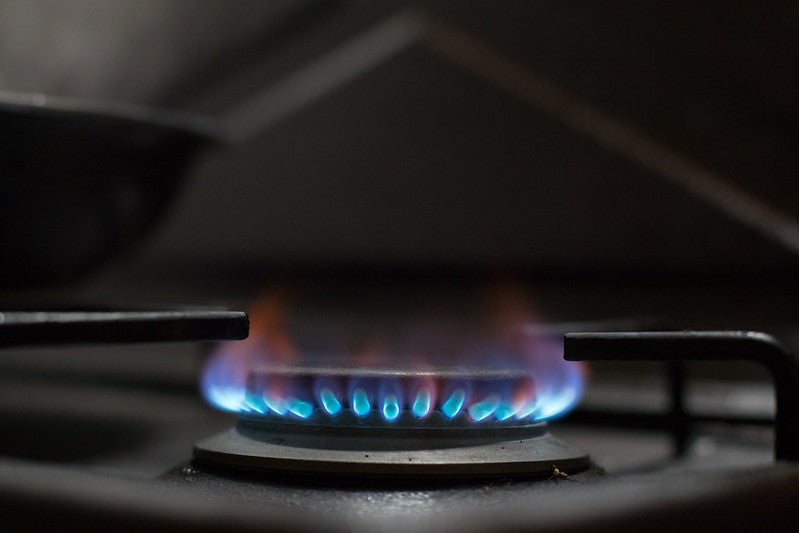
The health risks from cooking with gas stoves, explained
Our Director Dr. Aaron Bernstein speaks with CNBC about the health risks associated with gas stoves and how to stay safe.
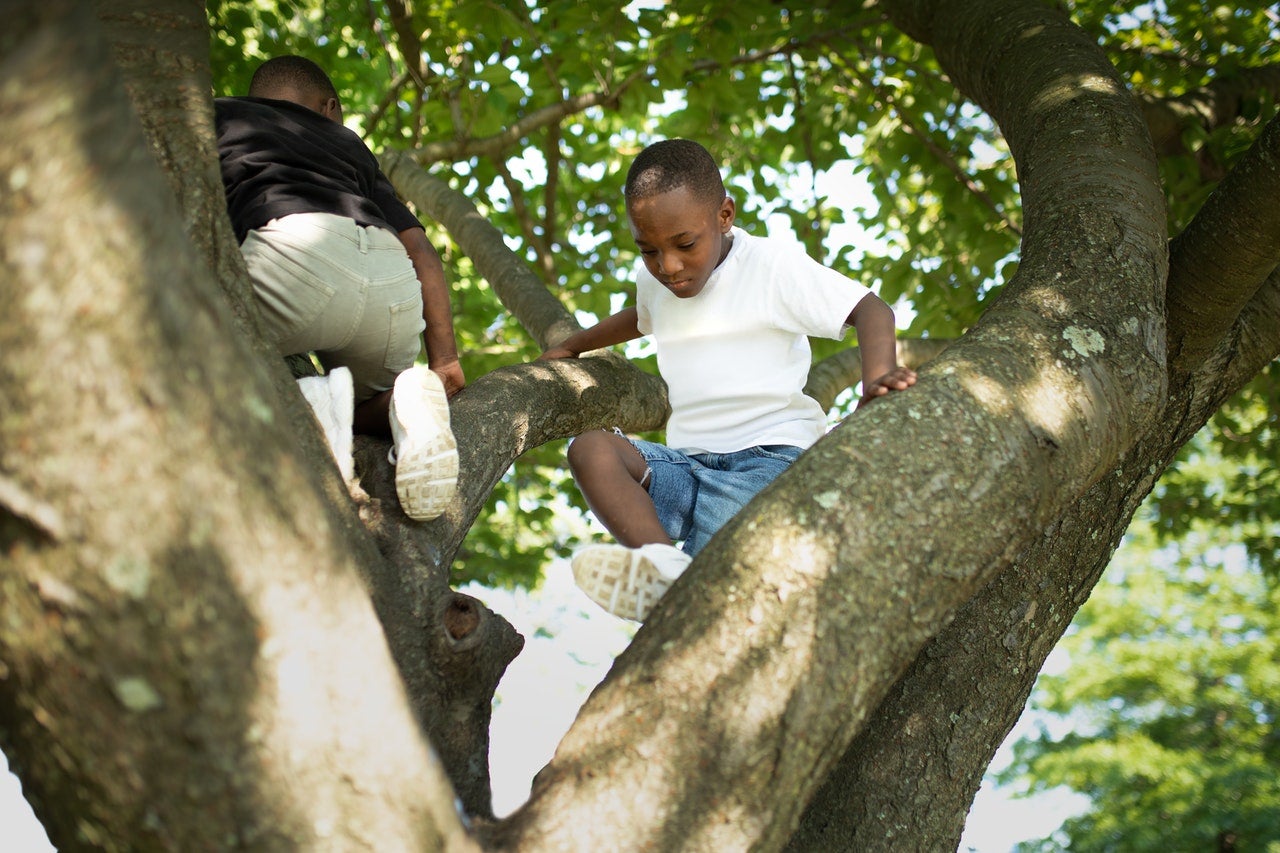
What's Climate Change Doing to Our Kids' Health?
Our Director Dr. Aaron Bernstein answers questions about what parents can do to protect their kids from the health impacts of climate change.

What Earth Day means to our children
A healthier planet nurtures healthier young patients, says our Director Dr. Aaron Bernstein in his Earth Day Coverage column.
Pollen seasons are getting longer, driven by climate change
Since 1990, pollen seasons have gotten longer and more pollen-filled, and climate change is responsible, according to a new study.
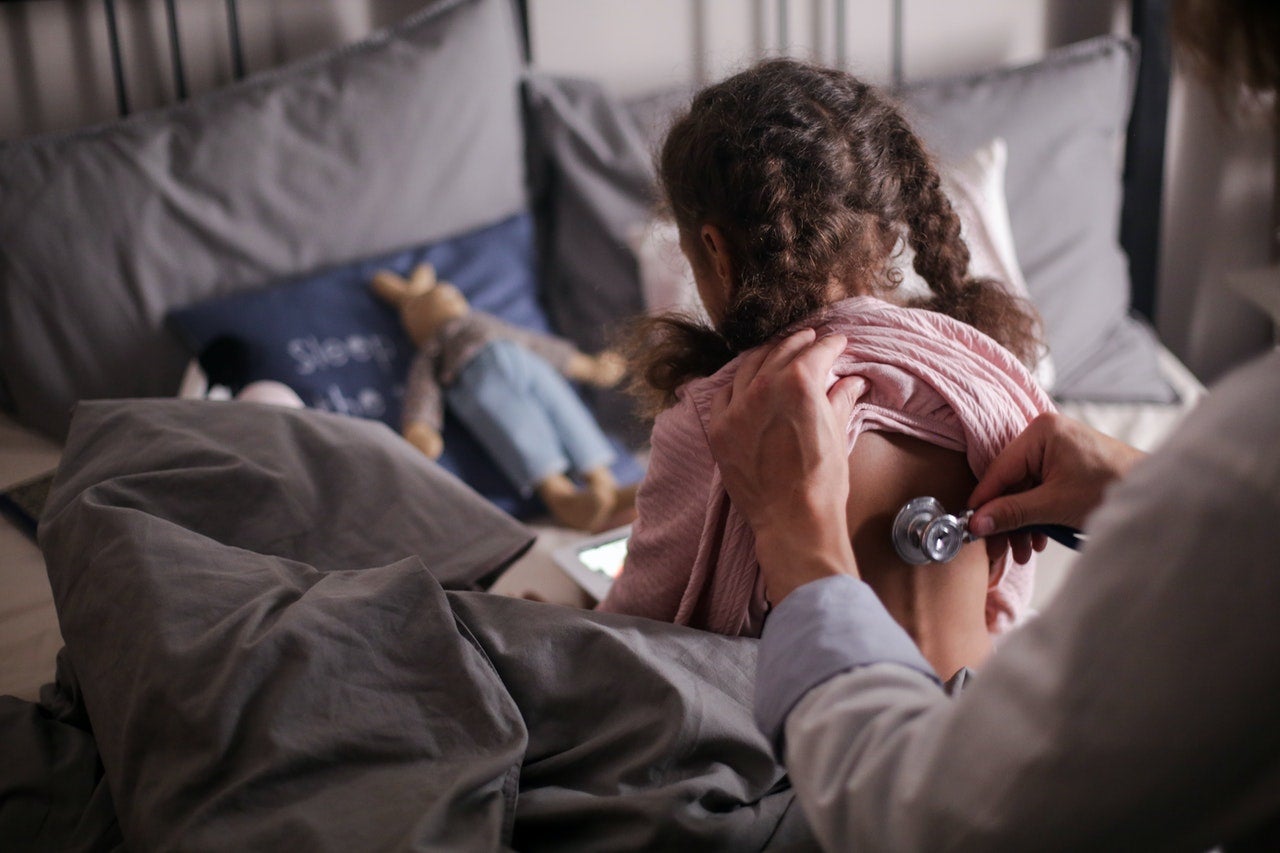
New pediatrician network puts spotlight on climate change’s effects on children
As the effects of climate change play out worldwide, pediatricians see the evidence in their offices.
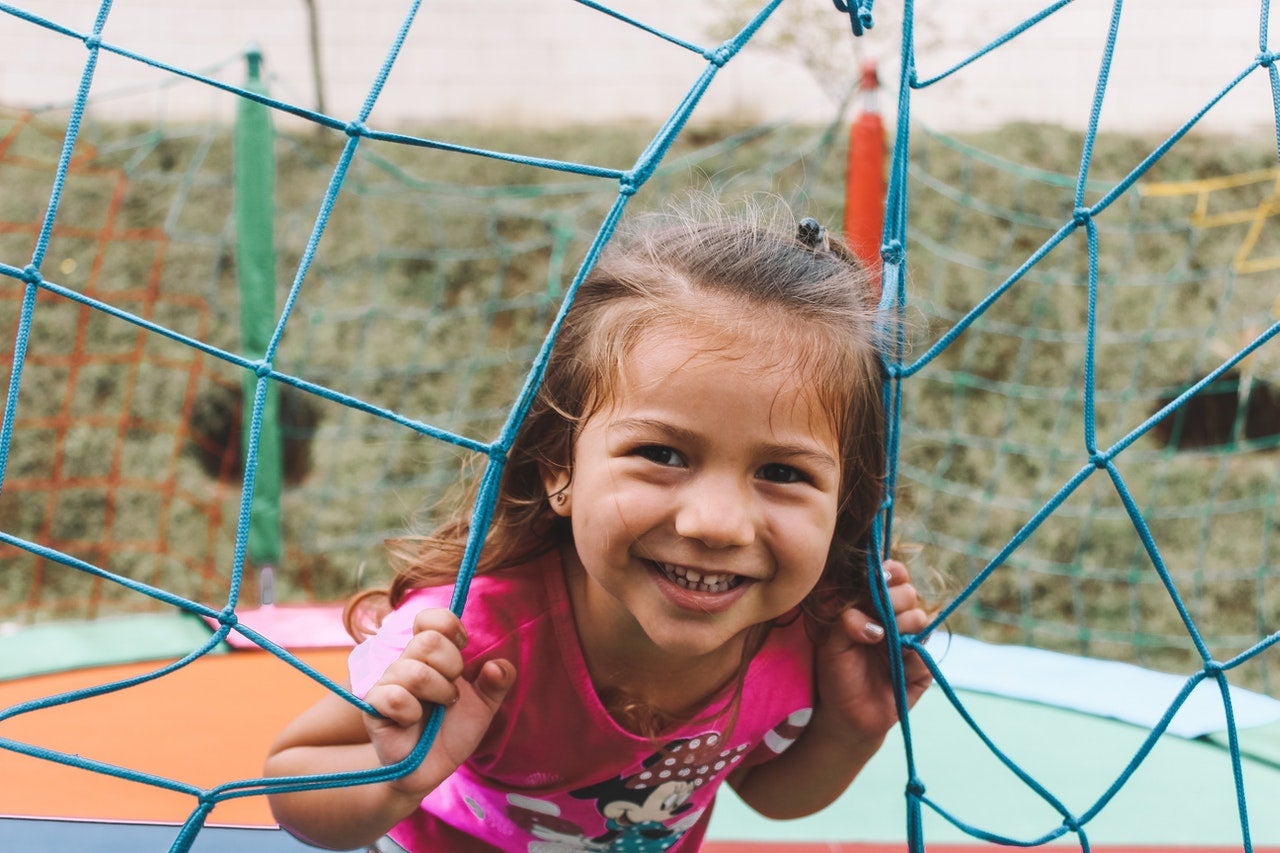
The World's First Death Attributed to Air Pollution Could Spark the Change We Need
A young girl in the UK is the first person in the world to have a death certificate that lists air pollution as a cause of death. Our Director Dr. Aaron Bernstein comments on the impact of burning fossil fuels on child health.
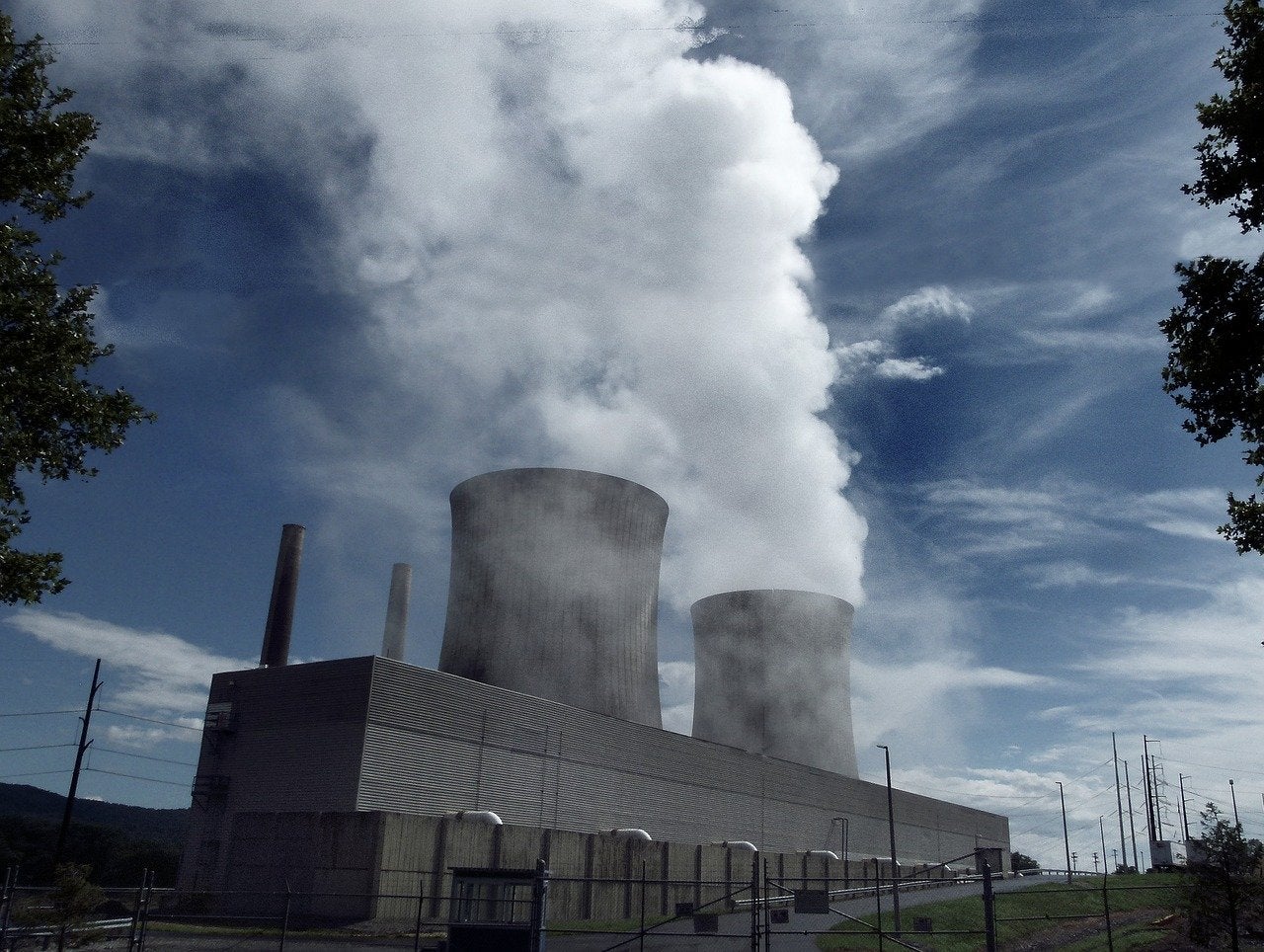
Study: Pittsburgh kids near polluting sites have higher asthma rates
Our Research Scientist Jonathan Buonocore comments on a new study that finds Pittsburgh kids near polluting sites have higher asthma rates
Study: Regional transportation pact could save more than 1,000 lives
A regional initiative among 12 Northeast and Mid-Atlantic states aimed at reducing carbon emissions from transportation could help avoid about 1,100 deaths and nearly 5,000 asthma cases each year, and could save more than $11 billion in health costs, according to a new analysis.

Reducing air pollution has helped children in Northeast U.S., study finds
States in the Northeastern U.S. have made a considerable effort to make their air cleaner by reducing toxic mercury, sulfur dioxide and greenhouse gases emitted by the region's power plants, improving the health of children in the area in the process.
